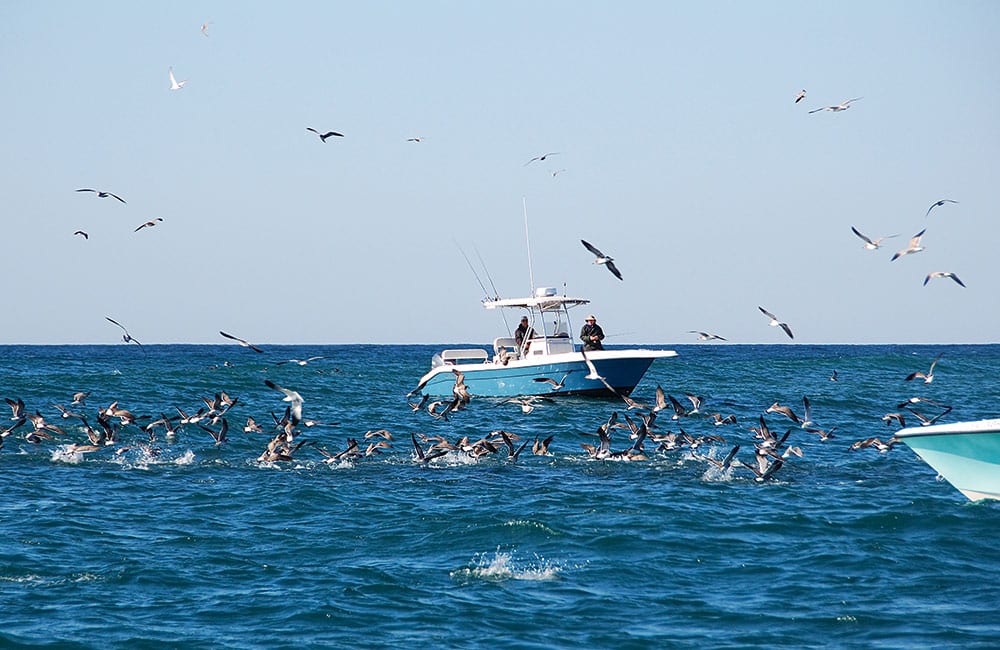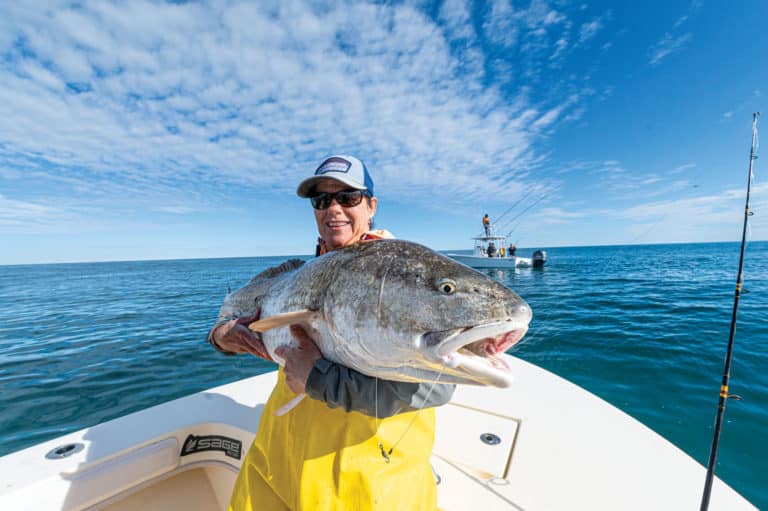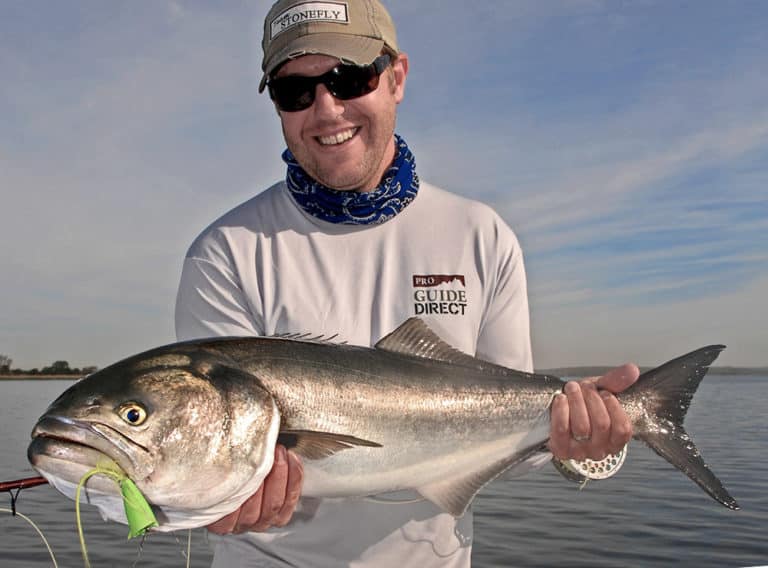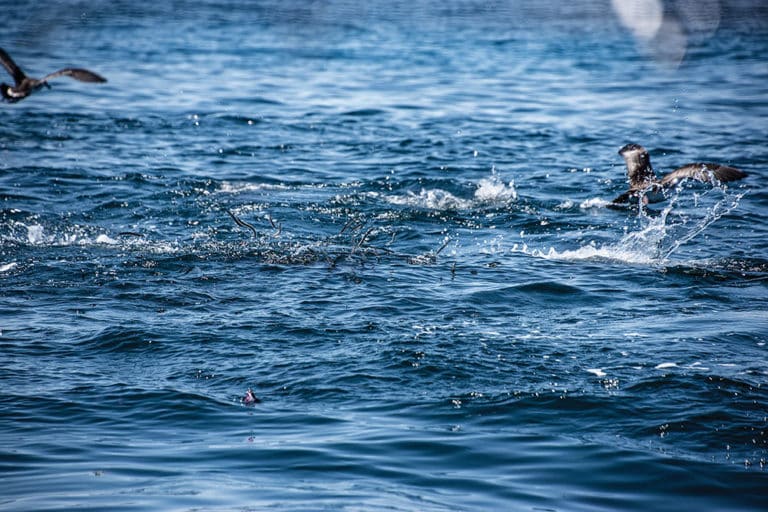
Montauk’s Stripers, Blues and False Albacore
New York’s most legendary shores dish out striped bass, bluefish and false albacore in droves.
Bluefish are found in a variety of coastal habitats, ranging from the surf to rock outcroppings, brackish estuaries, and above the continental shelf.

New York’s most legendary shores dish out striped bass, bluefish and false albacore in droves.

Inshore fishing offers plenty of options at Cape Lookout, North Carolina.

Fly-fishing tactics and tackle for bluefish on Mid-Atlantic and New England flats

Fishing turns on when these baits show up
A pelagic species known to embark on lengthy seasonal migrations, bluefish are found in temperate and subtropical, inshore and nearshore waters of the U.S. Atlantic and Gulf of Mexico coasts, Africa, Southeast Asia, Australia, and the Mediterranean and Black seas, in a variety of coastal habitats, ranging from the surf to rock outcroppings, brackish estuaries, and above the continental shelf.
Aggressive and perennially ravenous, bluefish are fast swimmers endowed with powerful jaws and small, but sharp teeth, and have been known to bite beach-goers and wading anglers. Juveniles usually travel in vast schools of like-size specimens, primarily to avoid predation from larger, cannibalistic members of the species. Larger adults, however, frequently search for prey in large wolf packs.
Menhaden, herring, sardines, mullet, silversides, anchovies, sand eels and other schooling baitfish are never safe when blues are around, but neither are shrimp, squid, and even other game fish, many of which have fallen prey to a bluefish feeding frenzy.
Blues combine strong, streaky runs with jumps and energetic surface thrashing during battle, a reckless fighting style that accounts for the fish’s popularity with anglers, especially in the Northeast and mid-Atlantic states.